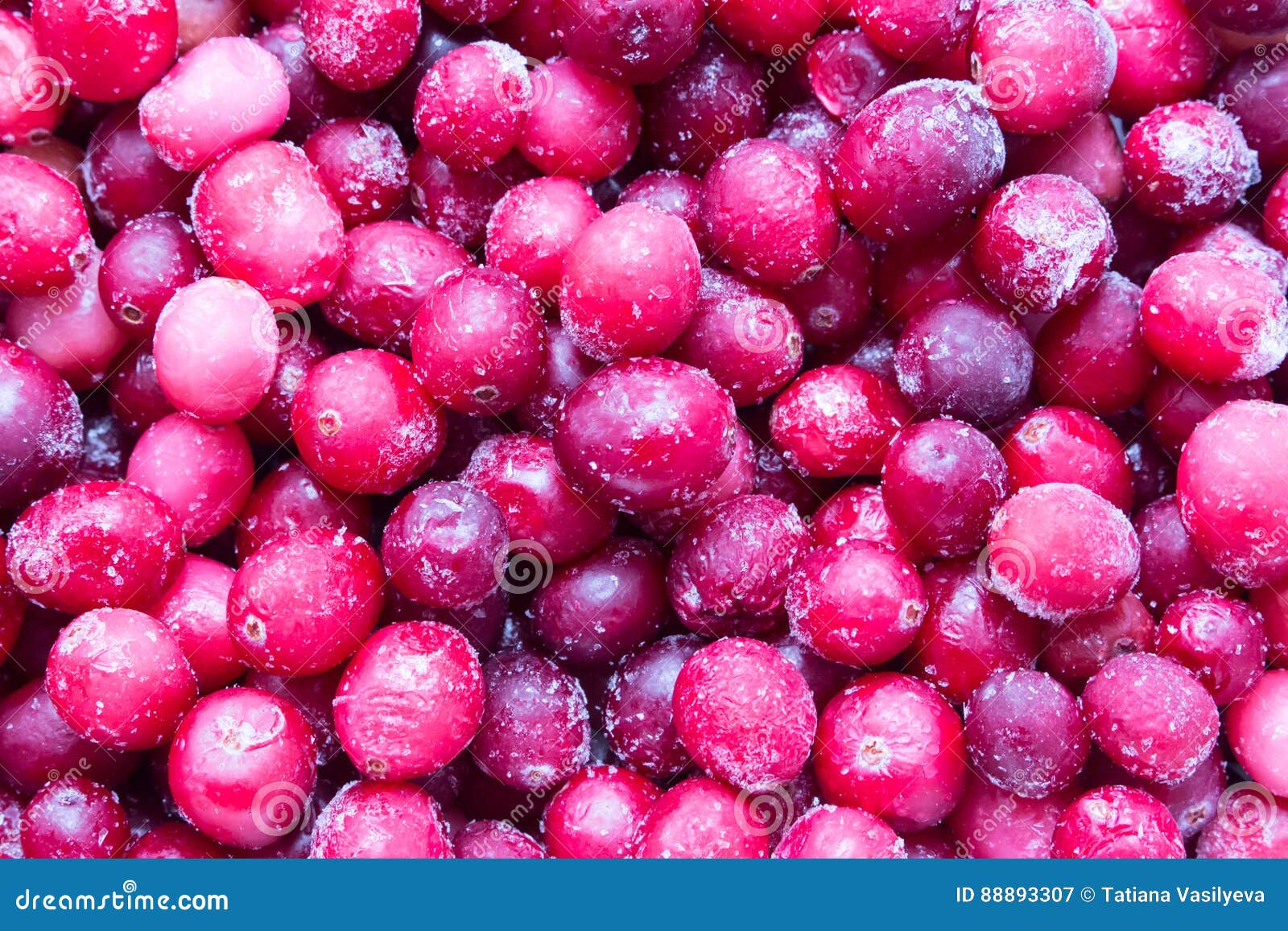


Distribution in Scotlandīog myrtle occurs throughout much of Scotland, particularly in the west, from Dumfries and Galloway in the south, to the far north of the mainland, and including the Inner and Outer Hebrides and some parts of Orkney. It is most abundant in the Highlands, where its habitat requirements of wet, acidic soils are more ubiquitous.

In Aberdeenshire and Angus the distribution is sparser, and in the Central Belt and Borders there are a few scattered populations, where the soil conditions are suitable.īog myrtle, which is also known sometimes as sweet gale, is a woody deciduous perennial shrub in the Myricaceae family. It can grow from about 60 to over 150 cm tall, but seldom reaches that height in Scotland today because of its palatability to large herbivores such as red deer ( Cervus elaphus). With a spreading, multiple-branching habit and the ability to reproduce by suckering, it occurs in dense clusters or thickets in areas of wet, boggy ground. The leaves, which emerge from their buds in May each year, are 2-6 cm in length, pale green in colour, and are narrow and tapering at the base, widening towards an oval tip. They are slightly toothed at the outer end and turn a dull yellow in October, before being shed for the winter. The buds for the next year’s catkins are quite visible after the leaves have fallen.Ī key feature of bog myrtle is the presence of nitrogen-fixing nodules on its roots. These are formed through a symbiotic partnership with filamentous bacteria in the genus Frankia, and bog myrtle is defined as an actinorhizal plant because of this. Such plants characteristically grow in nitrogen-poor environments – wet, boggy ground in the case of bog myrtle. Through their ability to absorb and fix nitrogen, actinorhizal plants play a crucial role in enriching soils and enabling the process of ecological succession to take place, with more nutrient-demanding species able to grow subsequently. In this, bog myrtle performs a very similar function to the alder tree ( Alnus glutinosa), which has nitrogen-fixing nodules from a related bacterium ( Frankia alni) on its roots.īog myrtle flowers appear just before the new leaves in spring, and the species is usually dioecious, meaning that male and female flowers occur on separate plants. However, in a given population, there are likely to be some monoecious plants (with single individuals having both male and female flowers) and hermaphroditic plants, where the flowers themselves exhibit both male and female characteristics. The male flowers or catkins emerge from upright, orange-brown buds that are about 1 cm in length, and have distinctive bracts or scales in between the pollen-producing stamens. Female flowers are smaller and have several red tufts on them, and look somewhat similar to the female flowers of hazel ( Corylus avellana). Typically, many more male flowers occur in a population than females, making bog myrtle unusual in this regard. Pollination is by the wind, and female flowers go on to produce knobbly fruits that are yellowish-green and clustered together on the plant’s stem.


 0 kommentar(er)
0 kommentar(er)
